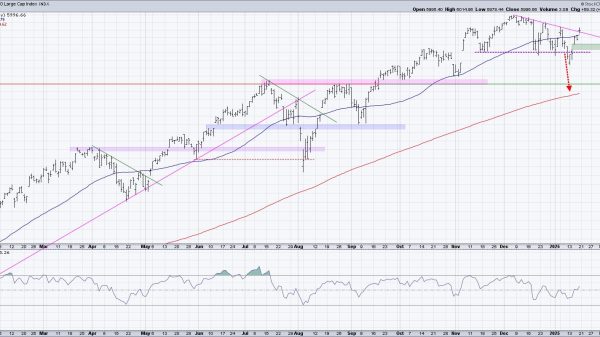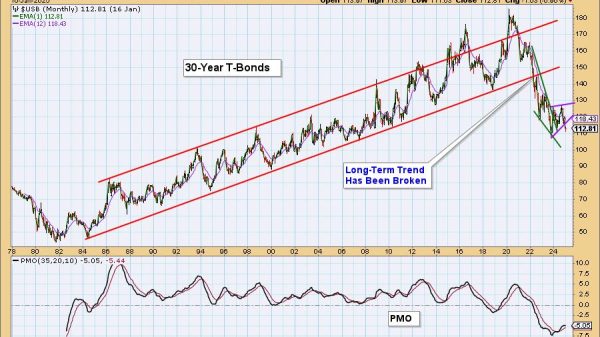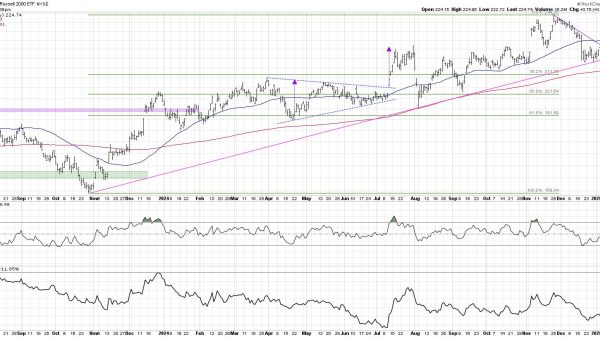Venture debt may not appear that enticing to founders during periods when capital is abundant and equity investors are pouring money into startups at sky-high valuations. However, when the funding market regains rationality and becomes more discerning, as we’re seeing now, the venture debt route becomes an option worth considering.
Here Risto Rossar, CEO and founder of the insurtech, Insly, outlines what he learned from the process.
For many startups, the path to success has traditionally involved securing multiple rounds of VC funding, chasing high valuations, and prioritising rapid growth at all costs. However, this approach only works for very high growth business sectors, or during boom times, when money is free, and investors are throwing cash at anything that moves.
For us, as a B2B enterprise SaaS insurtech company with a relatively complex product and long sales cycle, we’ve never really fit that mold. Our focus has always been on building a sustainable and profitable venture, rather than pursuing astronomical growth by burning a lot of investors’ money. As a result, venture debt has always appealed.
And, despite the Silicon Valley Bank collapse last year and reports that venture debt is harder to come by, it is still very much an option for the right companies. One of our investors, Denis Shafranik, Co-founder and Partner at the venture capital firm, Concentric, agrees:
“There still seems to be quite a fair amount of activity. The market in the UK is competitive with a range of funds and bank lenders in the sector. Terms have indeed tightened up and become more expensive as you would expect in this cycle, but it’s marginal in the context of the businesses that can take advantage of venture debt. Its risk hasn’t changed fundamentally and while it’s not for every company, for those that can be profitable or continue to raise equity, it can be a useful tool.”
In our case, we’ve had numerous conversations with venture debt providers over the years but have always been told it was too early. Only this year did we finally reach the point where it made sense for us, and providers would lend to us, so we were able to move forward. In the process, I have learned a few valuable lessons about when an early-stage business should consider venture debt, potential obstacles along the way, and how to successfully close the deal.
Three fundamentals
You really need three elements in place for venture debt to be the right instrument: predictable revenue, reasonable growth, and a path to profitability. For us, now we are generating a meaningful amount of annual recurring revenue and getting really close to profitability, venture debt has become a realistic option. If you don’t have stable revenues and your burn rate is high, then it’s probably too early and you’re unlikely to have enough time to generate the new business and growth you need to service the debt. There is also a minimum amount that providers will lend (usually around £1.5m in Europe) so you need to be of a certain size to absorb the loan, plus the transaction costs, such as legal fees for drafting the loan agreement. Taking less than that doesn’t make much sense.
Venture debt vs. venture capital
Why is venture debt sometimes a better option than venture capital? Again, it comes down to three considerations: timing, how much you want to raise, and what you’re planning to spend the money on. It’s a combination of the market situation, where the company is today and where the future growth will come from.
Timing: VCs have pulled back significantly in the last 12 months, which means that raising equity financing is much harder than it was. So that was one reason why venture debt made more sense for us, in terms of accessing funds quickly and at a lower cost.
How much you want to raise: Secondly, we were only looking to raise a relatively small amount of money, so it wasn’t worth the time and effort of an equity round. In most cases, venture debt is cheaper than venture capital because the combined return from interest and warrants is still considerably smaller than that of equity holders, who expect a 30% return at the very least, with the real aim of more than 100%. It doesn’t make sense to lose a large chunk of equity for a relatively small sum.
Finally, what is the risk profile of the investments you intend to make? We wanted funds to primarily scale up our existing products and markets through investment in sales and marketing and some mini acquisitions to enhance the product and bring in additional revenue, taking advantage of discounted valuations. We know that we have a great product, and we can now onboard customers fast enough, so we are confident that these investments will impact our revenues and valuation to a meaningful extent.
In contrast, if we were looking to make riskier, longer-term investments, such as exploring new territories, or launching a new product, then venture debt is unlikely to be the best option. The risk level is different, and it comes down to the predictability of the outcome. When you’re at the level of taking venture debt then you already have something to lose. Get it wrong and you could lose everything. I would say you need to have 70% to 95% certainty of success, for the risk to be manageable.
Find a funding structure to match your business
From a founder’s perspective, your biggest focus should be finding a financing structure that suits your cash flow and business plan. Venture debt funds have a range of financing structures; with terms ranging from one or two years, up to three or five years in some cases. In addition, some require you to start repayments straight away, while some give you nine month ‘holiday’ before you start.
In my opinion, finding a structure that works is as important as the interest rate; it is better to pay a slightly higher rate for a loan that suits you better. In our case, as a B2B business, we have a long sales cycle, so we didn’t want to pay the money back too quickly and that drove a lot of our decision-making. Around 70% of the options I looked at weren’t fit for our business.
Ensure your base case stands up to scrutiny
Raising venture debt is 95% the same as raising equity funding. Venture debt providers need to buy into the story, trust the team, and validate the numbers. However, there are a couple of key differences.
Firstly, venture debt providers aren’t necessarily looking for the same level of growth as a pure VC. They will be satisfied to know that you will deliver 10% or 20% growth rather than 50% or 100% growth; just enough to ensure that you can pay the money back (although, of course, it’s totally fine to aim for much higher growth rates internally – and you probably should). And secondly, be prepared for tough due diligence to ensure that you will deliver on your forecasts. Our finance team spent several months under pressure creating financial models, which was surprising for what was a relatively small amount of funding.
Of course, just as with an equity raise, relationships and trust are also critical. You need to feel out whether you can work with their team for five plus years, and check references, particularly cases that haven’t gone well. How do they treat and support businesses when times aren’t great? Are they super aggressive? Venture debt is the highest security investor, so if they’re very inflexible, then it’s hard. Doing due diligence on them is as important as them doing due diligence on you.
Venture debt > venture capital?
As a startup founder, there’s a perception that venture capital is the ‘be all and end all’ of funding, but venture debt is a really useful instrument for the right kind of company, at the right stage of growth. As the economy has shifted, we’re moving away from the ‘growth at all costs’ mentality, and if you have a solid company, growing organically, with reasonably predictable revenue growth, and the right risk management in place, there is no reason why debt couldn’t be one of your options – and even replace your need for equity funding altogether.
Read more:
Raising venture debt as an early-stage business – when is the right time?























